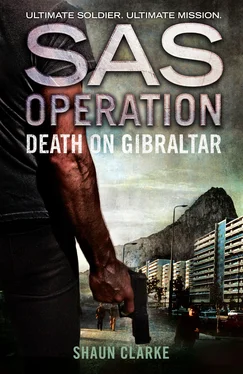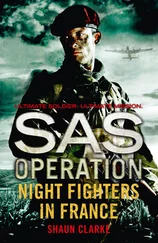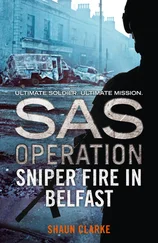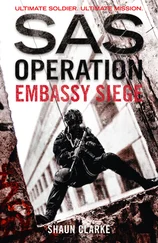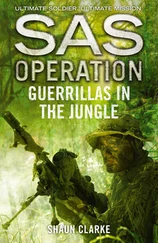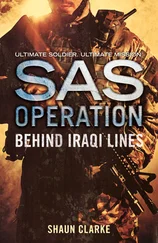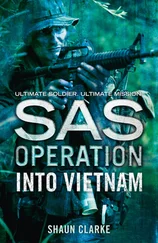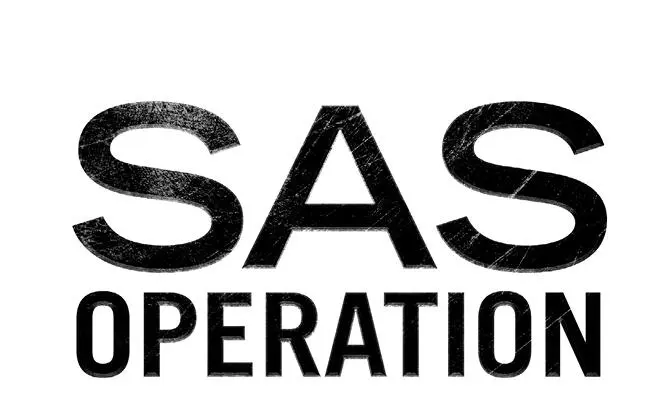
SHAUN CLARKE

Published by HarperCollins Publishers Ltd
1 London Bridge Street
London SE1 9GF
www.harpercollins.co.uk
First published in Great Britain by 22 Books/Bloomsbury Publishing plc 1994
Copyright © Bloomsbury Publishing plc 1994
Cover layout design © HarperCollins Publishers 2016
Cover Photographs © Nik Keevil/Arcangel Images (man); Ulstein bild/Getty Images (street scene); Shutterstock.com (textures)
Shaun Clarke asserts the moral right to be identified as the author of this work.
A catalogue copy of this book is available from the British Library.
This novel is entirely a work of fiction based on a factual event. The real names of the three IRA terrorists shot dead on Gibraltar on 8 March 1988 have been retained, as have those of the eight IRA men killed at Loughgall, Northern Ireland, on 8 May the previous year. Many events are partially or wholly the work of the author’s imagination; all other names, characters and incidents portrayed in it are wholly the work of the author’s imagination. Any resemblance to other actual persons, living or dead, events or localities is entirely coincidental.
All rights reserved under International and Pan-American Copyright Conventions. By payment of the required fees, you have been granted the non-exclusive, non-transferable right to access and read the text of this e-book on screen. No part of this text may be reproduced, transmitted, down-loaded, decompiled, reverse engineered, or stored in or introduced into any information storage and retrieval system, in any form or by any means, whether electronic or mechanical, now known or hereinafter invented, without the express written permission of HarperCollins.
Source ISBN: 9780008155308
Ebook Edition © December 2015 ISBN: 9780008155315
Version: 2015-10-29
Contents
Cover
Title Page
Copyright Published by HarperCollins Publishers Ltd 1 London Bridge Street London SE1 9GF www.harpercollins.co.uk First published in Great Britain by 22 Books/Bloomsbury Publishing plc 1994 Copyright © Bloomsbury Publishing plc 1994 Cover layout design © HarperCollins Publishers 2016 Cover Photographs © Nik Keevil/Arcangel Images (man); Ulstein bild/Getty Images (street scene); Shutterstock.com (textures) Shaun Clarke asserts the moral right to be identified as the author of this work. A catalogue copy of this book is available from the British Library. This novel is entirely a work of fiction based on a factual event. The real names of the three IRA terrorists shot dead on Gibraltar on 8 March 1988 have been retained, as have those of the eight IRA men killed at Loughgall, Northern Ireland, on 8 May the previous year. Many events are partially or wholly the work of the author’s imagination; all other names, characters and incidents portrayed in it are wholly the work of the author’s imagination. Any resemblance to other actual persons, living or dead, events or localities is entirely coincidental. All rights reserved under International and Pan-American Copyright Conventions. By payment of the required fees, you have been granted the non-exclusive, non-transferable right to access and read the text of this e-book on screen. No part of this text may be reproduced, transmitted, down-loaded, decompiled, reverse engineered, or stored in or introduced into any information storage and retrieval system, in any form or by any means, whether electronic or mechanical, now known or hereinafter invented, without the express written permission of HarperCollins. Source ISBN: 9780008155308 Ebook Edition © December 2015 ISBN: 9780008155315 Version: 2015-10-29
Prelude
Chapter 1
Chapter 2
Chapter 3
Chapter 4
Chapter 5
Chapter 6
Chapter 7
Chapter 8
Chapter 9
Chapter 10
Chapter 11
Chapter 12
Chapter 13
Chapter 14
Chapter 15
Chapter 16
Postscript
OTHER TITLES IN THE SAS OPERATION SERIES
About the Publisher
On the evening of Thursday 7 May 1987 fifteen soldiers from G Squadron, SAS, all dressed in standard DPM windproof, tight-weave cotton trousers and olive-green cotton battle smocks with British Army boots and maroon berets, were driven in four-wheel-drive Bedford lorries from their base at Stirling Lines, Hereford, to RAF Brize Norton, Oxfordshire, where they boarded a Hercules C-130 transport plane.
The men were armed with L7A2 7.62mm general-purpose machine-guns (GPMGs), 7.62mm Heckler & Koch G3-A4K twenty-round assault rifles with LE1-100 laser sights, and 5.56mm M16 thirty-round Armalite rifles. They also had many attachments for the various weapons, including bipods, telescopic sights, night-vision aids, and M203 40mm grenade-launchers. The ubiquitous standard-issue 9mm Browning High Power handgun was holstered at each man’s hip. Their personal kit, including ammunition, water, rations, a medical pack, and spare clothing and batteries, was packed in the square-frame Cyclops bergens on their backs. Finally, they had with them crates filled with various items of high-tech communications and surveillance equipment, including Nikon F-801 35mm SLR cameras with Davies Minimodulux hand-held image intensifiers for night photography, a PRC319 microprocessor-based tactical radio, Pace Communications Ltd Landmaster III hand-held transceivers and Radio Systems Inc. walkie-talkies.
From RAF Brize Norton, the men were flown to RAF Aldergrove in Belfast, where they were transferred with their kit to three unmarked Avis vans and then driven through the rolling green countryside to the Security Forces base built around the old mill in the village of Bessbrook. There they were united with the twenty-four SAS men already serving in Northern Ireland, making a total force of thirty-nine specially trained and experienced counter-terrorist troopers.
The next morning was spent in a draughty lecture hall in the SF base where, with the aid of maps and a scale model of the Royal Ulster Constabulary police station of Loughgall, the combined body of men were given a final briefing on the operation to come.
Early that afternoon, when the RUC had thrown a discreet cordon around the area, diverting traffic and keeping all but local people out, the SAS men, with their weapons and surveillance equipment, were transported in the rented vans to Loughgall. Small and mostly Protestant, Loughgall is surrounded by the rolling green hills and apple trees of the ‘orchard country’ of north Armagh. It is some eight miles from Armagh city, and the road which leads from Armagh slopes down into the village, passing a walled copse on the right. The RUC station is almost opposite, between a row of bungalows, a former Ulster Defence Regiment barracks, the football team’s clubhouse and a small telephone exchange. It is small enough to be run by a sergeant and three or four officers, and unimportant enough to be open only limited hours in the morning and afternoon, always closing completely at 7 p.m.
That day, well before the ‘barracks’, as the RUC station is known locally, was closed, some of the SAS men entered the building to occupy surveillance and firing positions at the rear and front, those at the front keeping well away from one particular side. While they were taking up positions inside, the rest were dividing into separate groups to set up ambushes around the building.
Читать дальше
